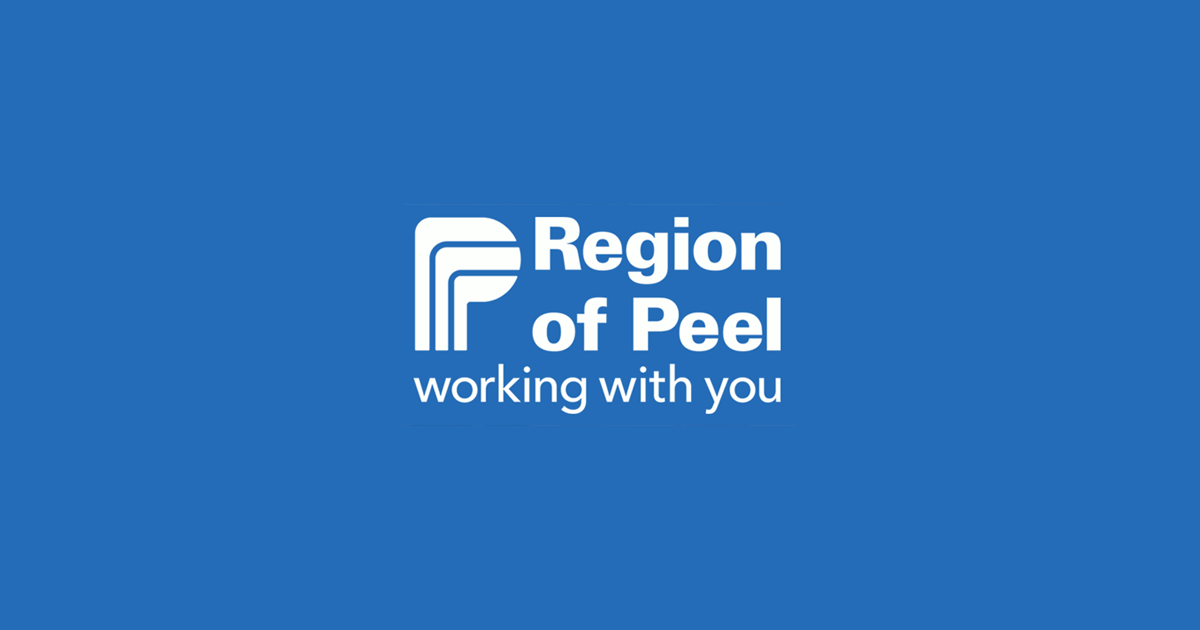The Knowledge-to-Action (KTA) framework was originally developed in 2006 by Dr. Ian Graham and colleagues and is based on more than 30 change theories. It provides a structured approach for making change, including a seven-phase action cycle that moves knowledge into practice. The KTA framework has two main parts: The knowledge creation process and the action cycle.
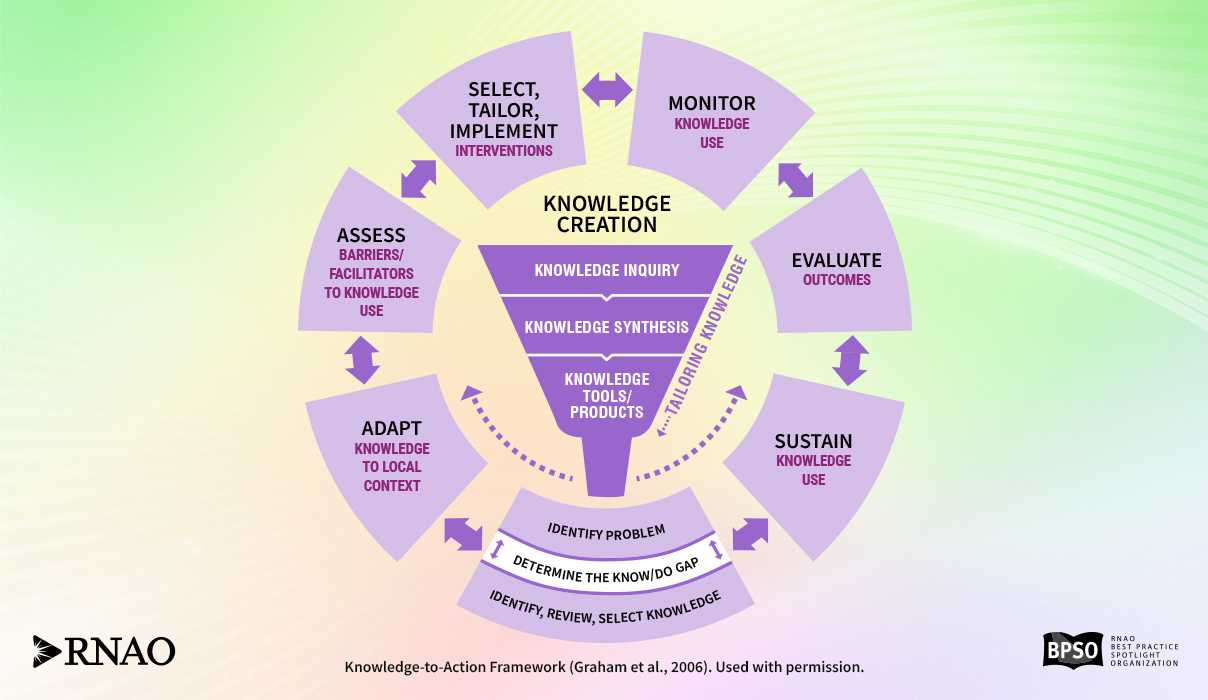
The knowledge creation process
The creation funnel:
The knowledge creation process is what researchers and guideline developers use to create a knowledge product or tool, such as an RNAO best practice guideline, a decision aid or a clinical pathway. This process is shown in the centre of the diagram. It looks like a funnel because it gathers all the knowledge and research available on a specific topic, summarizes the knowledge, and creates a tool that can be used to improve health care.

The action cycle
The action cycle includes the following phases:
The action cycle includes the following phases:
- Identify the problem, determine the know/do gap, and identify, review, select knowledge
- Adapt knowledge to local context
- Assess barriers/facilitators to knowledge use
- Select, tailor, implement interventions
- Monitor knowledge use
- Evaluate outcomes
- Sustain knowledge use
The seven phases of the KTA action cycle don’t necessarily need to be completed in order, but all need to be addressed. Sometimes, you can go back and forth from one phase to another or work on phases simultaneously.

KTA Framework - By Journey: Planning for change
Get started with change by integrating three action cycle phases: “Identify the problem”, “Adapt to local context” and “Assess barriers and facilitators to knowledge use”.
Identificar el problema en la Fundación Cardioinfantil del Instituto de Cardiolo
La Fundación Cardioinfantil del Instituto de Cardiología es un centro de cuidados intensivos con el objetivo de lograr la excelencia en la atención en las áreas prioritarias de prevención de caídas y cuidado de heridas.
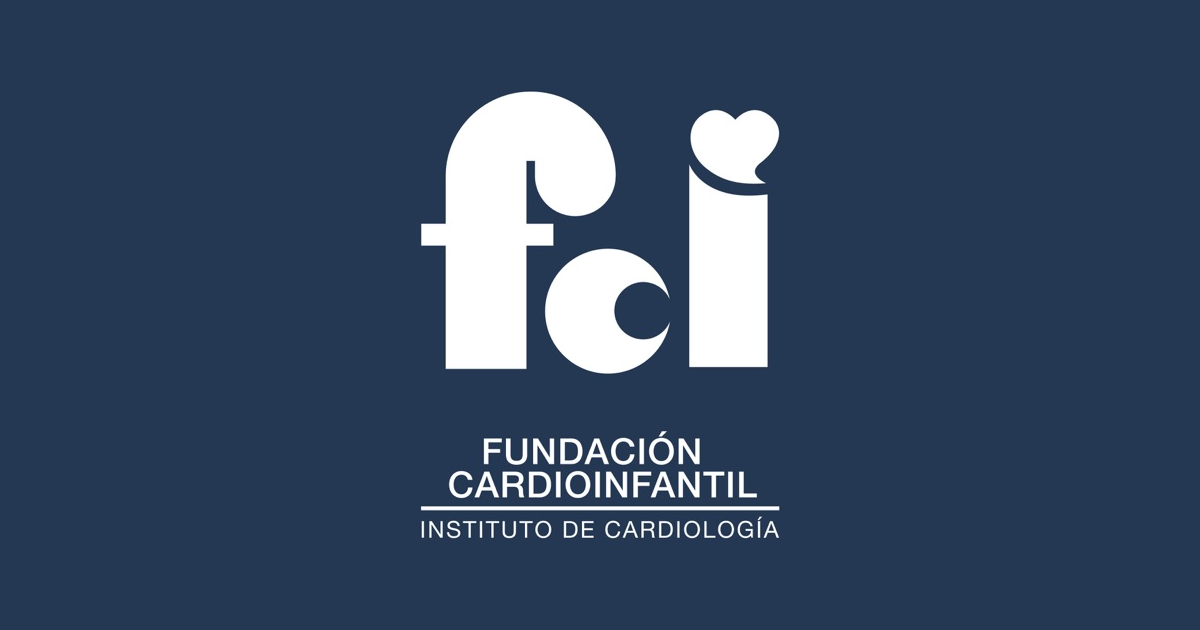
Adapting BPG recommendations to a public health context
Toronto Public Health – a Best Practice Spotlight Organization® (BPSO®) - has adapted several RNAO best practice guidelines (BPGs) to align with a population health approach.
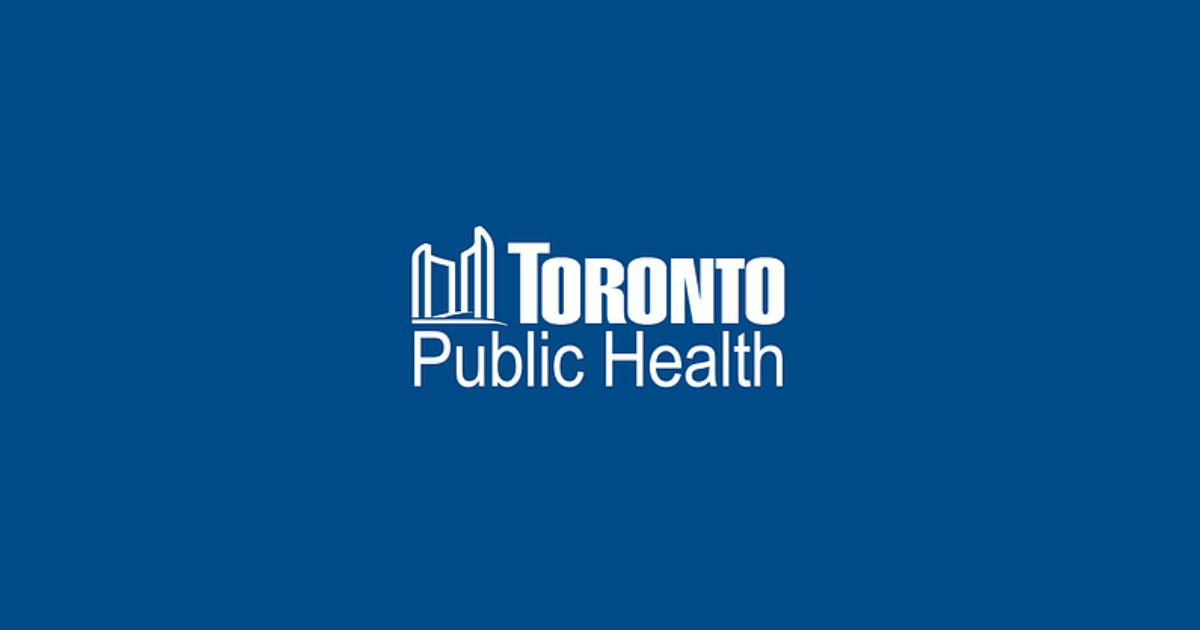
Facilitating an evidence-based culture
Unity Health Toronto - St. Michael’s Hospital, a Best Practice Spotlight Organization® (BPSO®) has embedded evidence-based practices into its culture and daily work processes as part of its corporate strategy.
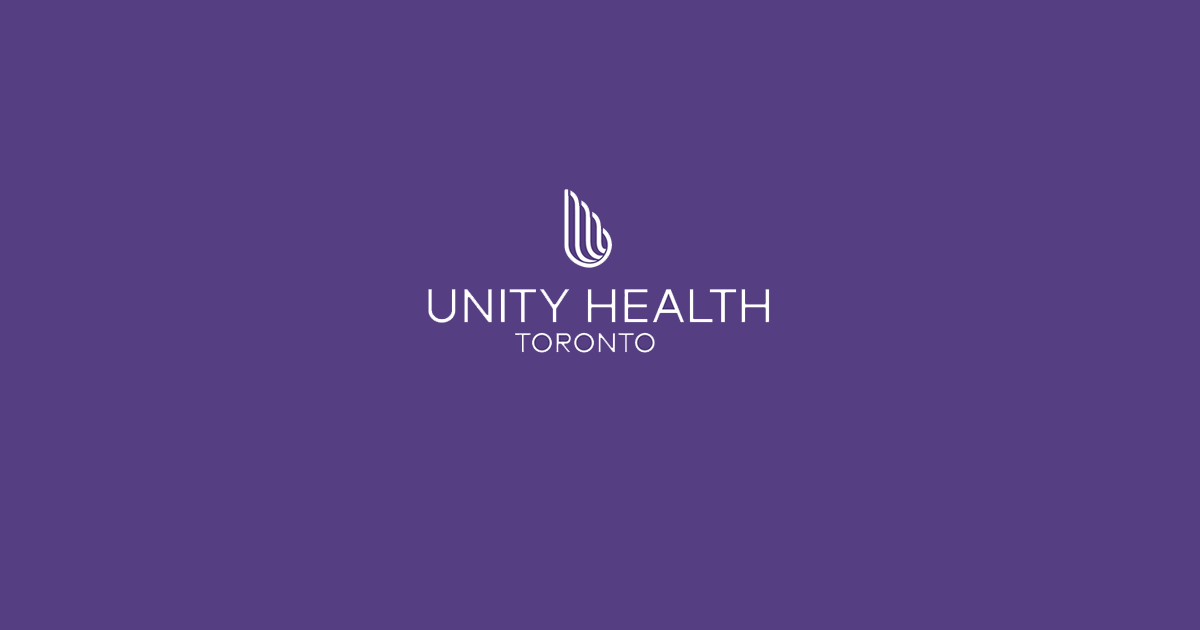
KTA Framework - By Journey: Making change happen
Achieve evidence uptake through the integration of the KTA action cycle phases “Select, tailor implement interventions” and “Monitor knowledge use”
Implementing effective interventions for drug and alcohol use using SBIRT
Evidence-based interventions to support the development of a screening, brief intervention and referral to treatment (SBIRT) for persons who use drugs and alcohol.

Leveraging innovative quality monitoring
Humber River Hospital is an acute care facility that has used continuous monitoring to determine the impact of BPG implementation and staff performance.

KTA Framework - By Journey: Sustaining change
Sustain best practices through knowledge and strategies to routinize the change by integrating the action cycle phases “Evaluate outcomes” and “Sustain knowledge use”.
Evaluating the impact of implementing the Person- and Family-Centred Care BPG
Spectrum Health Care, a Best Practice Spotlight Organization® (BPSO®) and home health organization, evaluated care outcomes after implementing the Person- and Family-Centred best practice guideline (BPG).
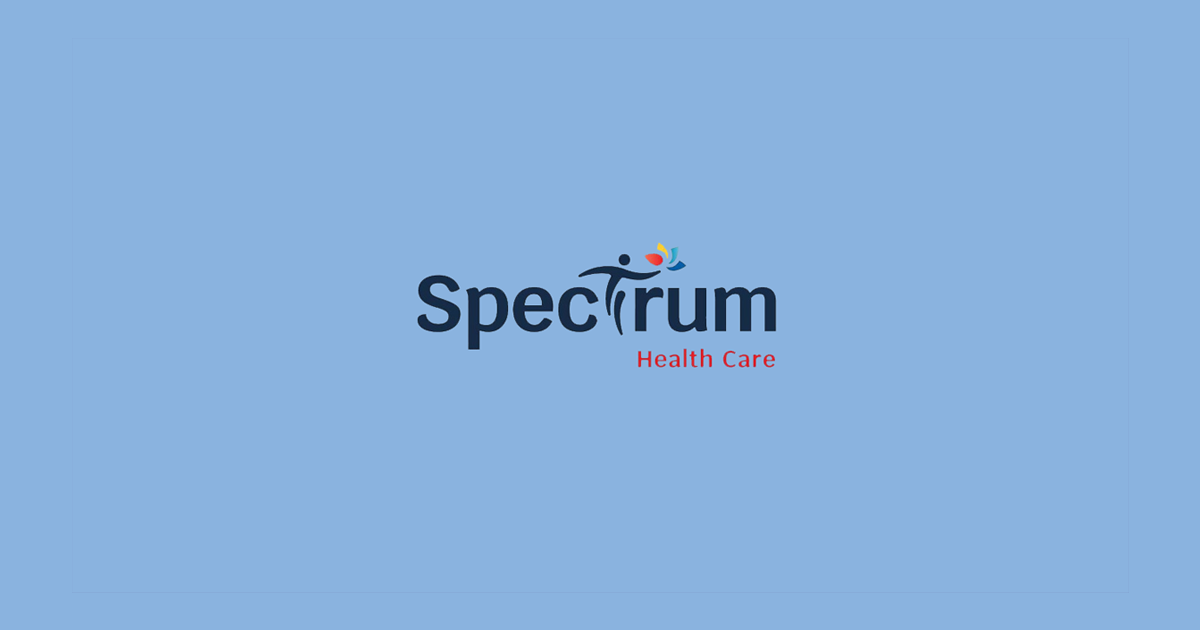
Sustaining best practices across multiple sites
The Region of Peel, a Best Practice Spotlight Organization® (BPSO®), has sustained the implementation of the Assessment and Management of Pain best practice guideline (BPG) for almost a decade.
